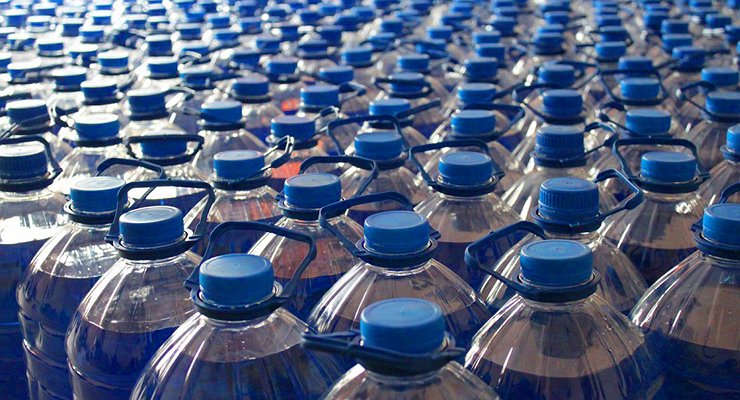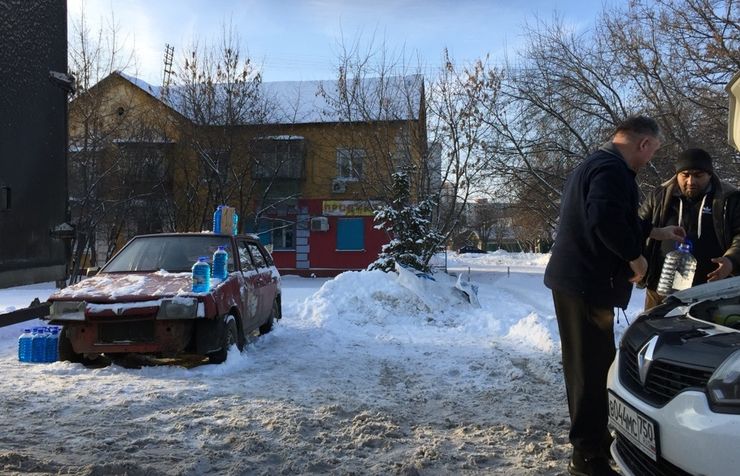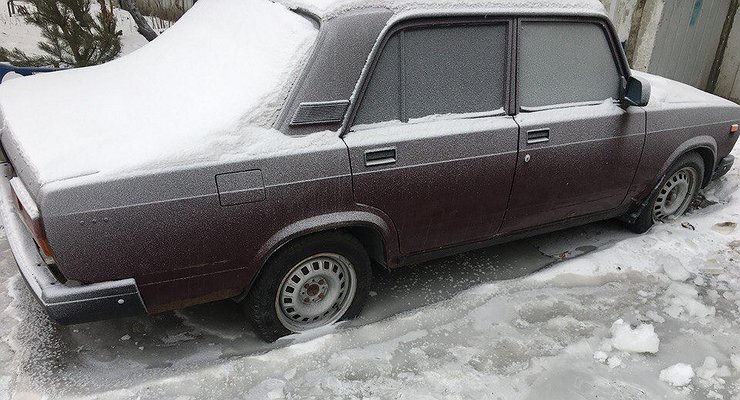If you are engaged in the production of such a “slurry” on an industrial scale and buy alcohol in tanks, then a maximum of 100-150 rubles, in terms of one can, will be spent on diluting pure alcohol with water to the desired concentration , product packaging, equipment depreciation, logistics and other costs. For example, a can of “non-freezing” at retail, if the merchant does not get cheeky, should be sold for about 400 rubles. That is slightly cheaper than petrol.
Therefore, all these 1000 rubles for a branded bus are nothing more than an attempt to cash in on the car owner’s predicament. When the driver finds out that the “washing machine” in the tank of the car is everything, but he somehow needs to move on, he, like a pretty little one, buys it at the first gas station that comes across for both 1000 rubles and 2000 ₽
Therefore, in order not to “feed” the grabs, stop at the first merchant you come across with a cheap “washing machine”, which is on the side of the road, and buy a jerry can, two or three – in reserve. In order not to face the need to buy liquid at a respectable gas station. The nameless “roadside antifreeze” will cost several times cheaper and will certainly not treacherously freeze with a slight cold snap. After all, the trading conditions are such that the customer immediately notices the frozen “substandard” …














